Efficiency
i-fish-uhn-see: 1. accomplishment of a job with a minimum expenditure of time and effort.
What We Do
- Advance Planning - we emphasize proaction versus reaction, anticipating future problems or developments that will change how a solution should be applied today.
- Process Design and Improvement - we will help you design your own optimized processes. Don't catch-up to others, leapfrog ahead now with your own solutions.
- Time/Motion Study - we can help you measure and eliminate unnecessary steps.
- Prioritization and Rationalization - we will give you an outside view to help determine what really needs to get done first, what gets done later, and what really isn't needed.
Question: In terms of fuel-in to power-out, which of the below is the most efficient device? Pictured top-left to bottom right are: (A) a steam locomotive circa 1900, (B) an efficient diesel generator, (C) a thick-film solar cell array, and (D) a modern wind turbine. See the answer below.
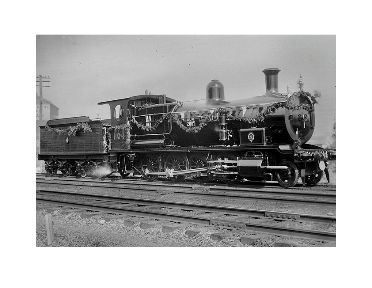
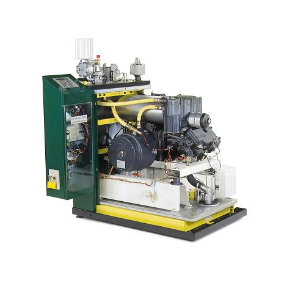
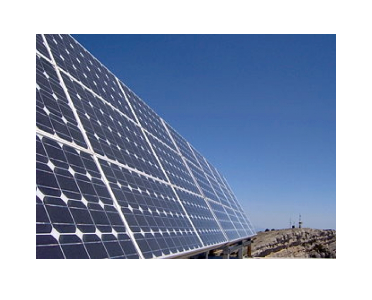
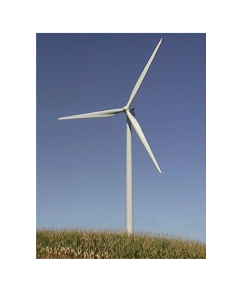
How We Do It
Capacity Improvement
We helped quadruple the efficiency of power supply testing for certain clients by designing and installing customized test jigs. This avoided the need to manually install and monitor these cards in-system, a time-consuming and inefficient process which interfered with other people and tasks. It also greatly simplified the process, allowing staff with different levels of experience to complete their tasks with a common and high-degree of quality.
Configuration Optimization
After learning of a customer's needs, we changed their original switching configuration to dedicate one processor for a single purpose, another processor for another single purpose, etc. This allowed them the flexibility to test the more units, with much less interference between employees, and in a more thorough manner than previously anticipated. It also allowed for easier maintenance. We estimate this improved simultaneous testing capacity by around 2 1/2 times.
Process Design
Through the use of a re-ordered production line, the measurement and reconciliation of task time and motion, set-up of secondary suppliers, updated documentation, and several other steps, we improved the speed of manufacture or repair for several electronics products, between one-half and one-fifth of the original time. Our clients are intelligent and highly experienced with their own processes, but using methods like those above, we have always been able to make a significant improvement to their processes, partly because we offer a new point of view.
Automation
Through the use of canned and customized scripts, we have increased the speed, accuracy and scope of highly repetitive tasks, while relieving the burden for people to would otherwise have needed to do the work, freeing them to do other more productive (and interesting) things. Actual efficiencies improvements vary, but a task that may have taken hours or even days to complete were effectively reduced to nothing, as they complete in the background with virtually no human intervention required.
Emergency Preparedness
The best way to restore business operations when a network fails is to never have a problem in the first place. We have helped many clients invoke multi-pronged measures to plan for power outages, make multiple and regular system backups, use redundant hardware, keep clear records, train key personnel, and then write and update key procedures so if the system administrator is on vacation, someone else can quickly take over troubleshooting procedures without the need for an expert to be physically present. Efficiency is improved simply by avoiding preventable downtime, but also by improving response time if something does go wrong. There's no absolute % of improvement that can be attributed to these measures, but our goal was to decrease the possibility of work or system stoppages to virtually zero, and if a technical problem did occur, it could be fixed in minutes rather than hours, days or even weeks. We don't want to lose objectivity with our examples, but the systems that we have helped support in advance of any fault occurrence have, on virtually all occasions, been repaired by local staff with a strategy that was designed in advance, and could often be performed by those without higher-tier troubleshooting skills.
An Efficiency Problem
Which widget-making system would be the most efficient to use?
System 1: 100 widgets made, 90% good, 10% rejects. Cost to make: $2.00 each.
System 2: 100 widgets made, 98% good, 2% rejects. Cost to make: $2.75 each.
We waste 10 bad widgets x $2.00 each = $20 in the first system, and 2 bad widgets x $2.75 each = $5.50 in the second system. If the demand for widgets is inelastic (price does not matter), then the second system is obviously preferable. Less physical product and less investment is wasted within its manufacture. Another way to view this is to see the cost of a widget, net of rejects. For the first system, the cost per finished widget is actually $2.22, and for the second, $2.81, because we would average the total manufacturing costs ($200 and $275 respectively) over the number of widgets that can be sold (90 and 98).
If demand is elastic, however, it may be best to accept the 10% loss rate of the first system. We could simply manufacture 10 more widgets, costing us and extra $20, for a total cost of $200 + $20 = $220, which is $55 less than system 2, yet it would provide us with 99 sellable widgets. In case you're wondering why 99 widgets, that's because of the 10 extra widgets made, statistically, 1 of those too will fail, with the first system's 10% failure rate. Therefore, 10 - 1 = 9 good widgets can be expected of the 10 made. Add 9 good widgets of the second batch to the 90 good widgets of the first, and we get 90 + 9 = 99 widgets, made for a total cost of $220.
There are many factors that could change the outcomes of this simple example, but it helps to illustrate that the answer really depends on what you are trying to accomplish, what the customer wants, and what is affordable.
System 1: 100 widgets made, 90% good, 10% rejects. Cost to make: $2.00 each.
System 2: 100 widgets made, 98% good, 2% rejects. Cost to make: $2.75 each.
We waste 10 bad widgets x $2.00 each = $20 in the first system, and 2 bad widgets x $2.75 each = $5.50 in the second system. If the demand for widgets is inelastic (price does not matter), then the second system is obviously preferable. Less physical product and less investment is wasted within its manufacture. Another way to view this is to see the cost of a widget, net of rejects. For the first system, the cost per finished widget is actually $2.22, and for the second, $2.81, because we would average the total manufacturing costs ($200 and $275 respectively) over the number of widgets that can be sold (90 and 98).
If demand is elastic, however, it may be best to accept the 10% loss rate of the first system. We could simply manufacture 10 more widgets, costing us and extra $20, for a total cost of $200 + $20 = $220, which is $55 less than system 2, yet it would provide us with 99 sellable widgets. In case you're wondering why 99 widgets, that's because of the 10 extra widgets made, statistically, 1 of those too will fail, with the first system's 10% failure rate. Therefore, 10 - 1 = 9 good widgets can be expected of the 10 made. Add 9 good widgets of the second batch to the 90 good widgets of the first, and we get 90 + 9 = 99 widgets, made for a total cost of $220.
There are many factors that could change the outcomes of this simple example, but it helps to illustrate that the answer really depends on what you are trying to accomplish, what the customer wants, and what is affordable.
Answer:
The most efficient technology is B, a diesel generator.
The most efficient technology is B, a diesel generator.
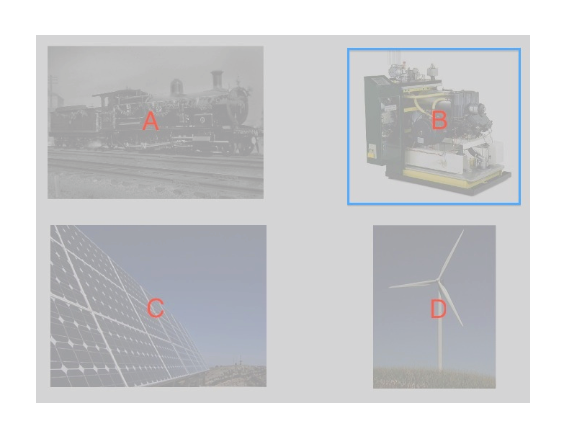
Although the typical efficiency of a mid-19th century steam locomotive (A) averaged a dreadful 1-10%, depending upon the speed and temperature it was operating at, modern day steam engine technology using cogeneration and other economizing techniques can provide a remarkable 50-85% efficiency, good enough for second place!
The very best solar cells (C), made from multi-junction or dual-layer GaAs, have surpassed 40% efficiency but they are expensive. Although the curve of solar cell efficiency has recently flattened, photovoltaic development seems to go through periodic leaps and bounds, with improvements of 5% or better happening almost overnight. In sunny regions, the cost per installed-watt of subsidized solar cells is competitive with grid power when compared to the costs to purchase over a 7 year period, but even without subsidies, they are equivalent over a 15 year period. Considering the expected life of modern solar cells is 30 years or better, they are very much a viable and attractive alternative in many regions.
Wind turbine efficiency (D) is a tough question, because it depends upon the design and height of a given turbine, which must be optimized for local wind velocity to realize its best potential. Betz' Law predicts a theoretical maximum of 59.3%, transfer for any wind turbine, although a more recent GGS model calculation predicts a much lower 30.1% in any practical application. This is further reduced as most wind turbines do not operate at their optimized speed all of the time, with perhaps an average efficiency of around 20-25%.
Of course, some of you will wonder just what "efficiency" really means in these contexts. It could be measured as a % of cost to manufacture a device like a wind turbine, versus what it earns over its expected or actual lifetime. Alternatively, we could compare the energy needed to make and run the device -- its carbon footprint -- versus what it generates. Or one device may be much more efficient over another because a source of existing fuel -- perhaps steam -- is already being generated from another device and is readily available for virtually no cost. As you can see, every device has some role where it might be the most efficient choice. The answer really depends on what someone is trying to do, and what they have available to work with.
